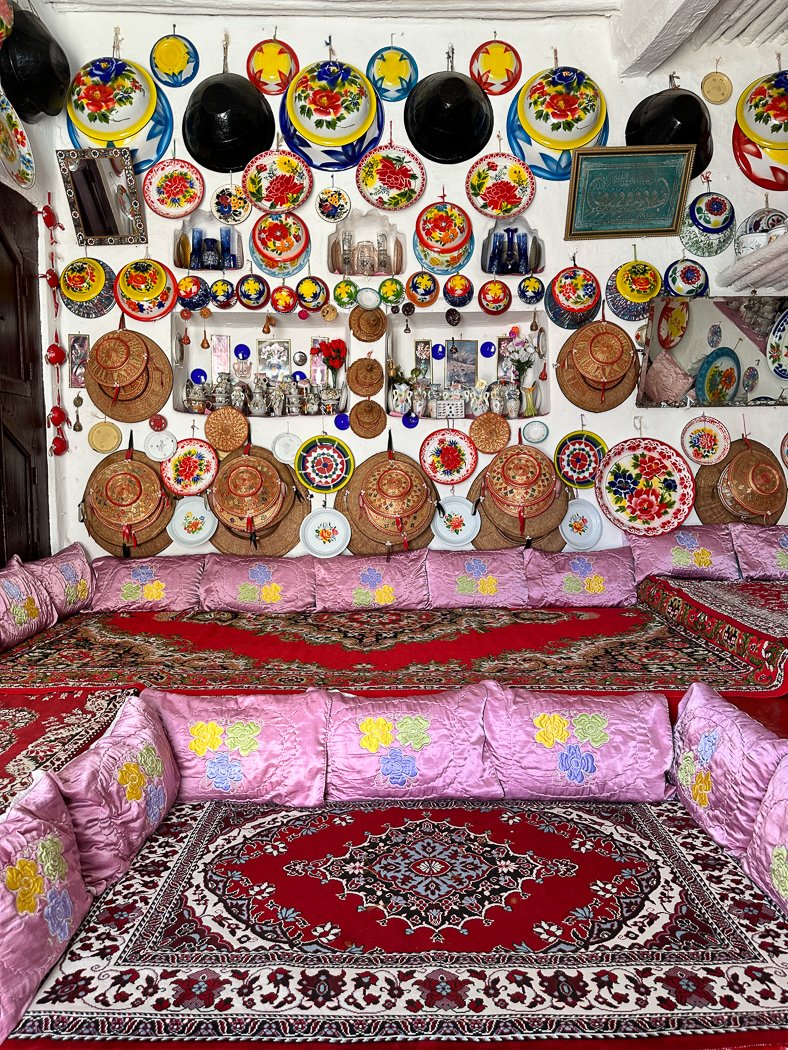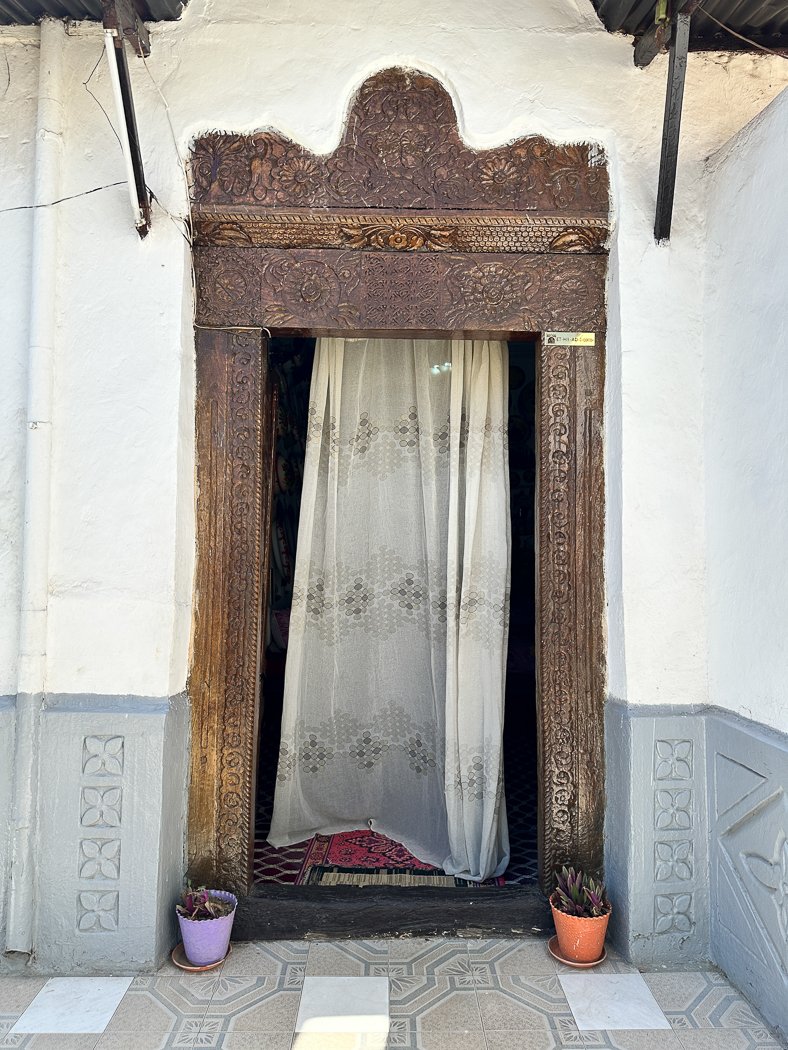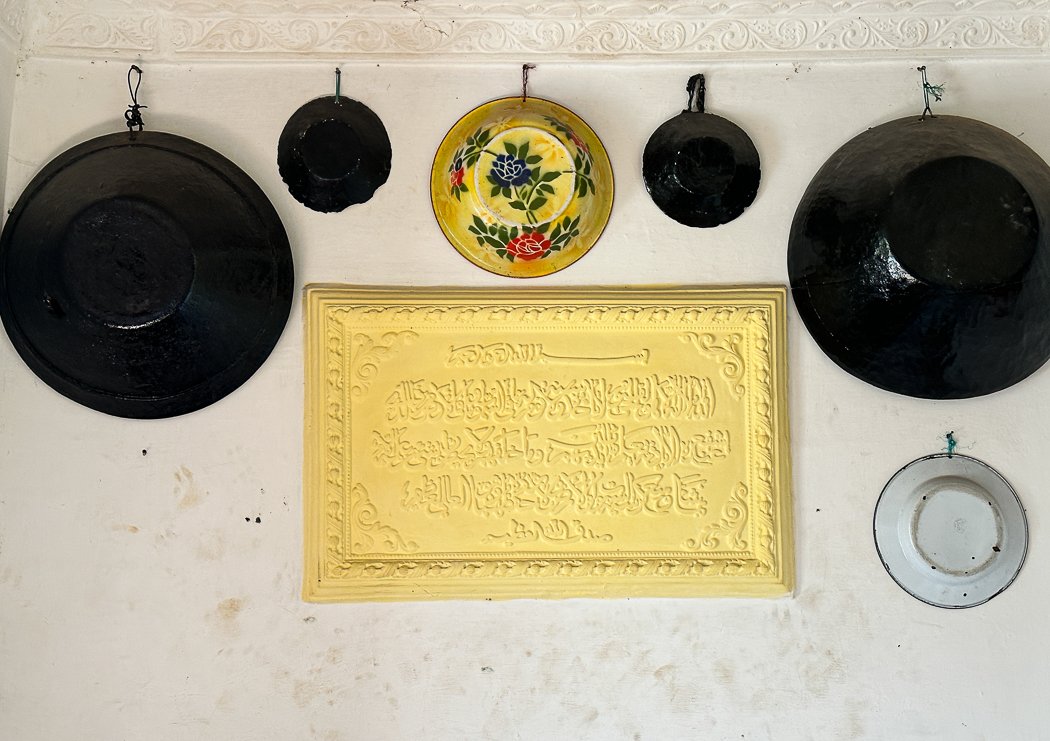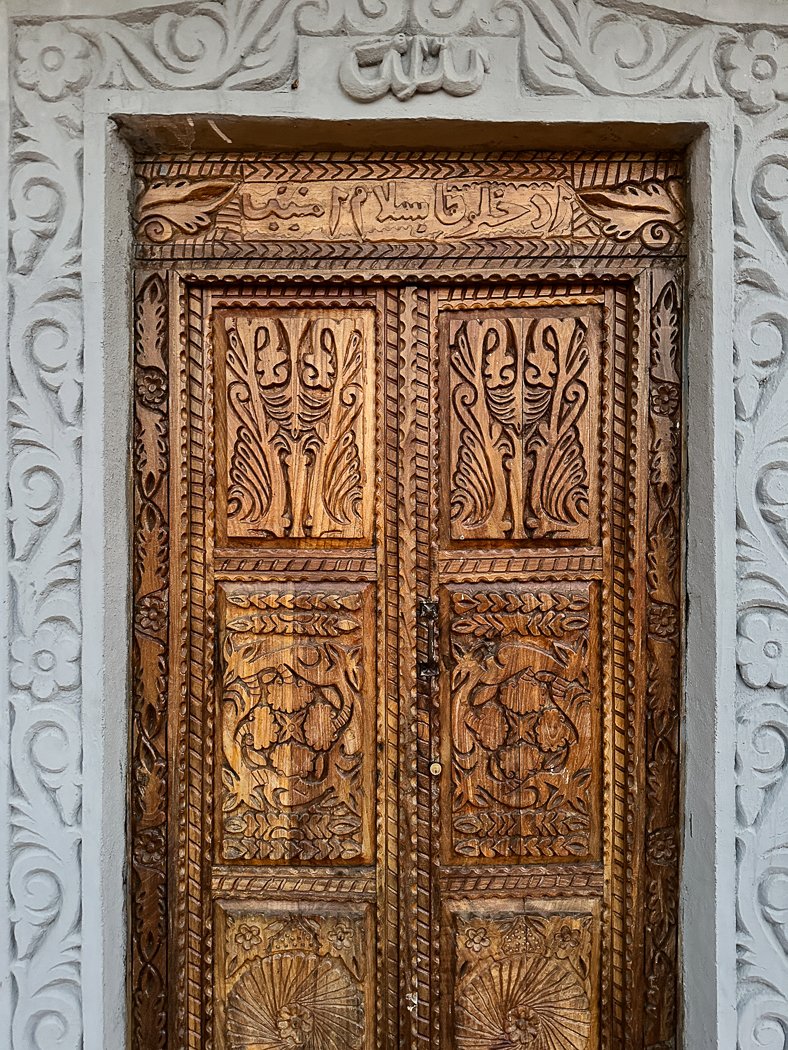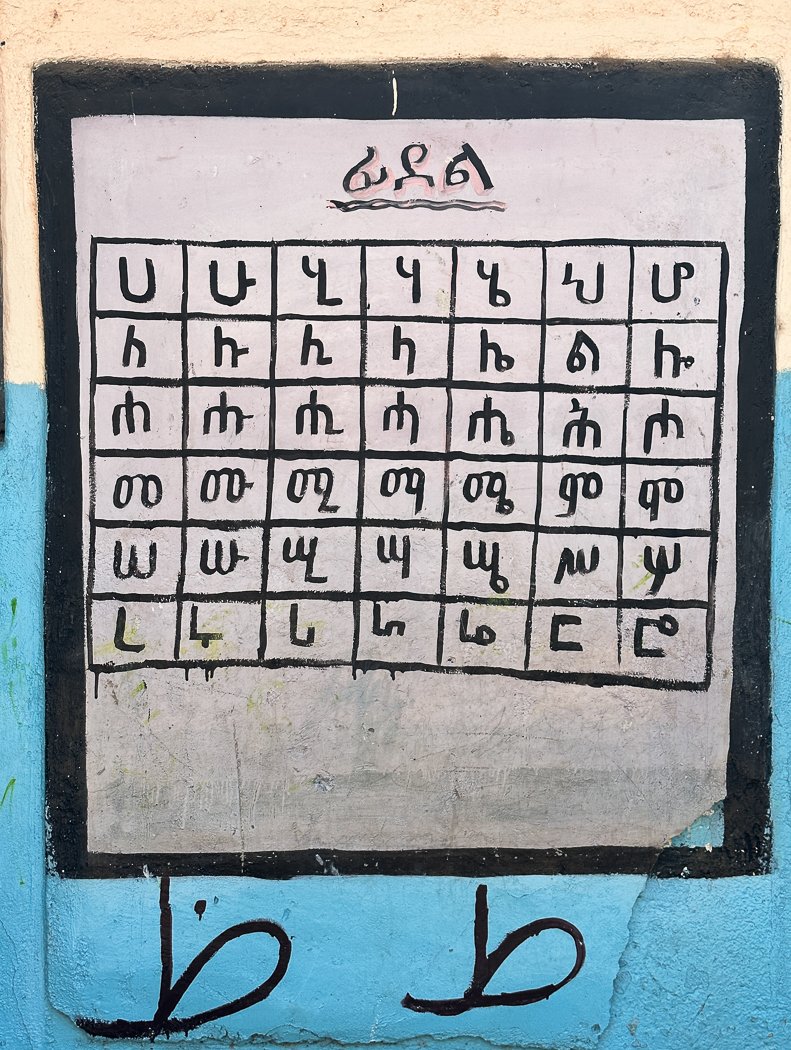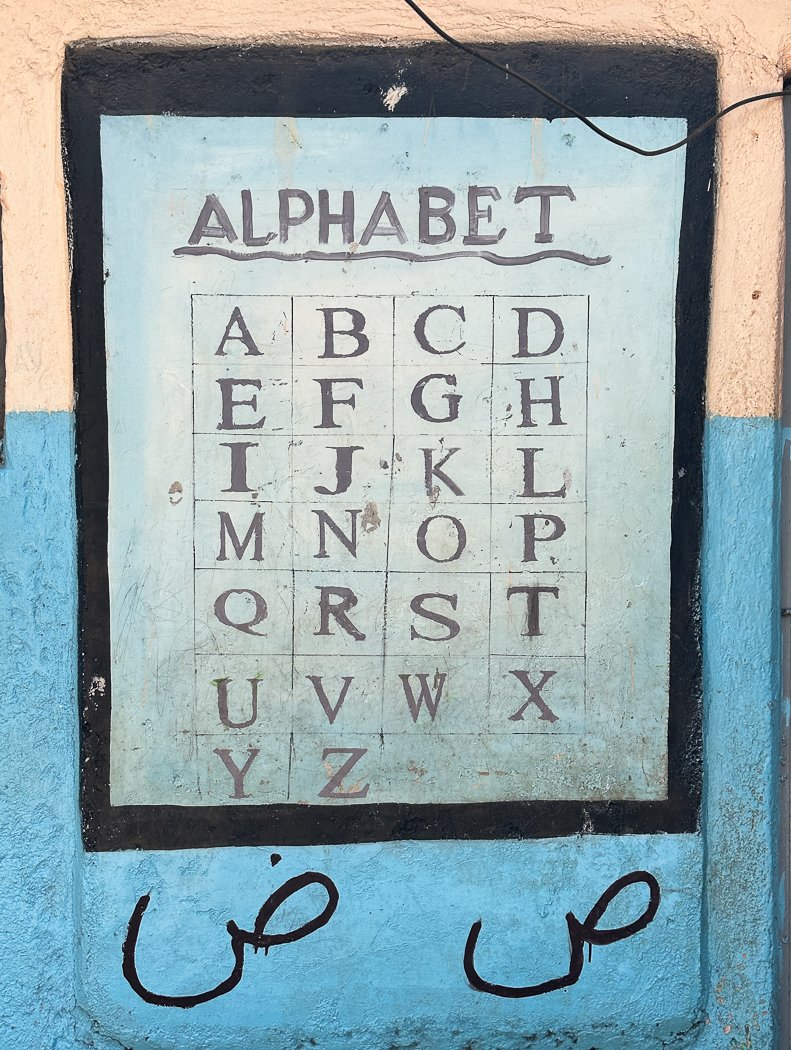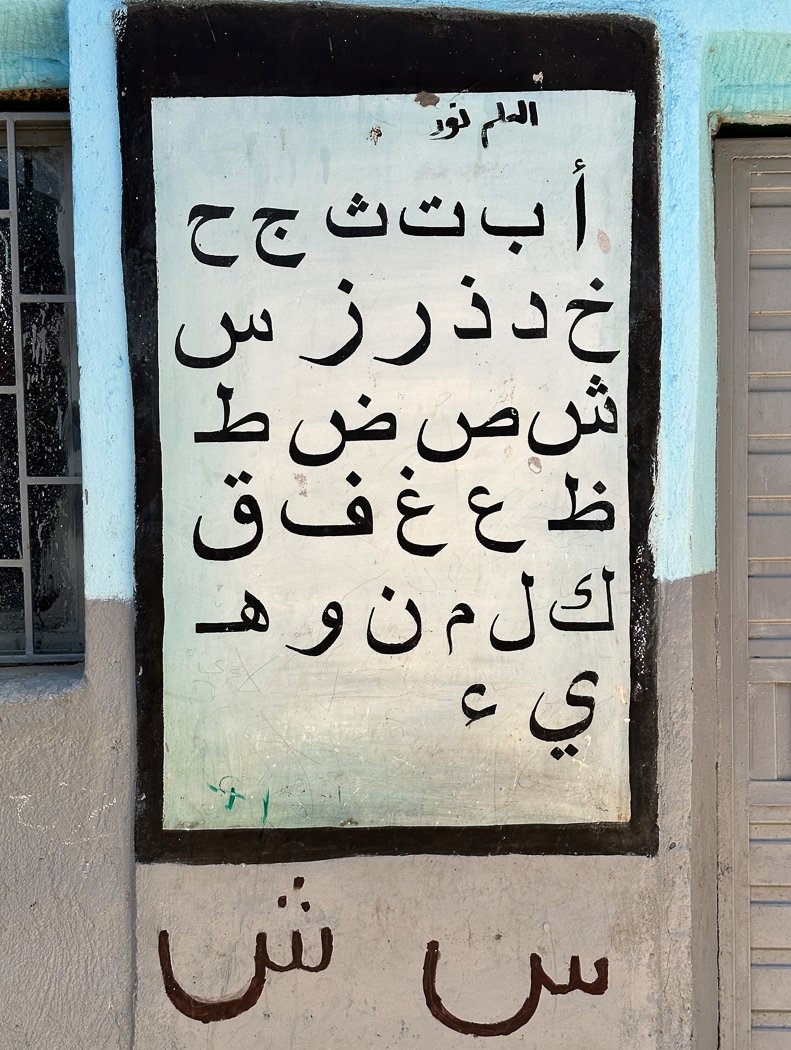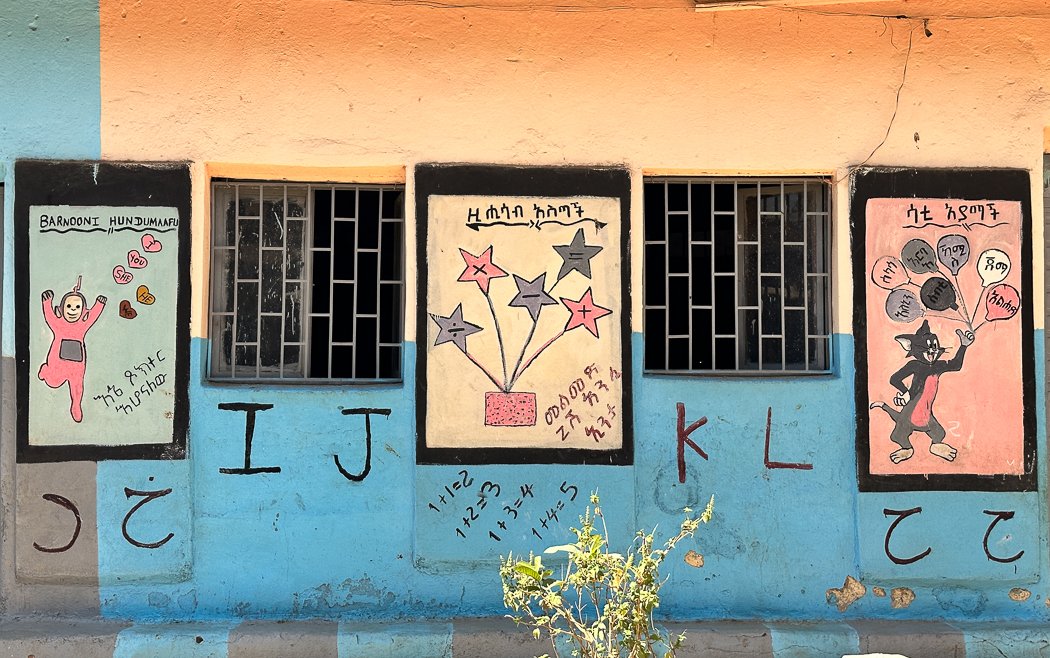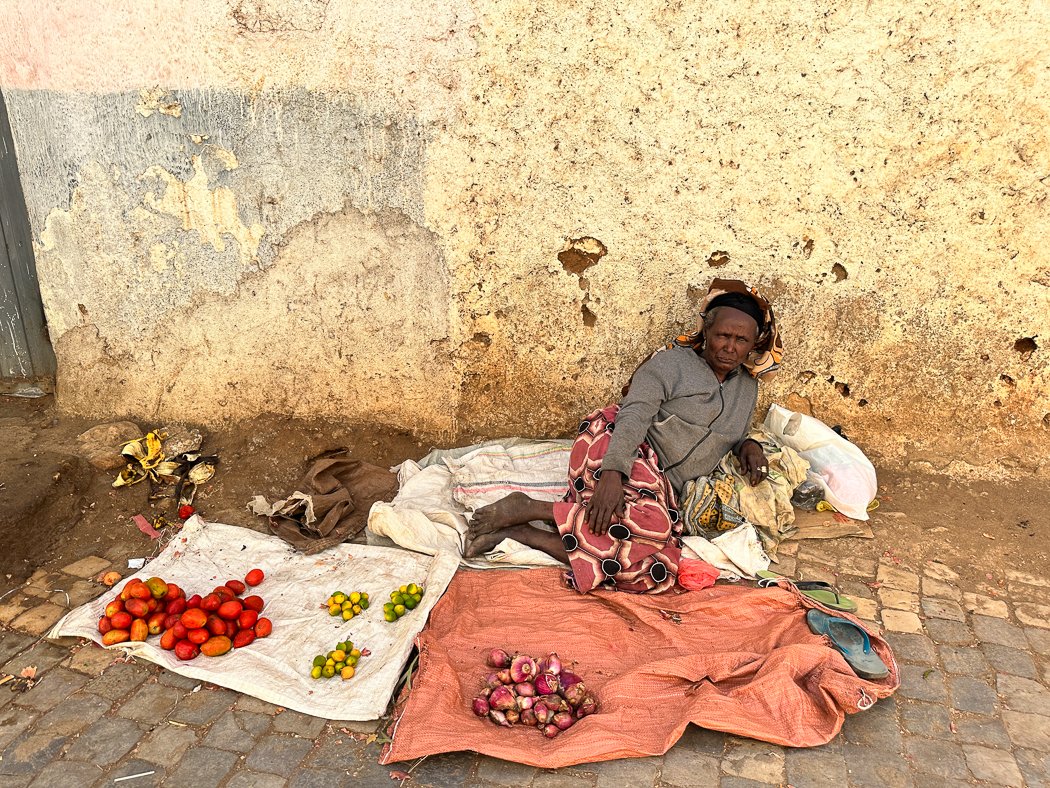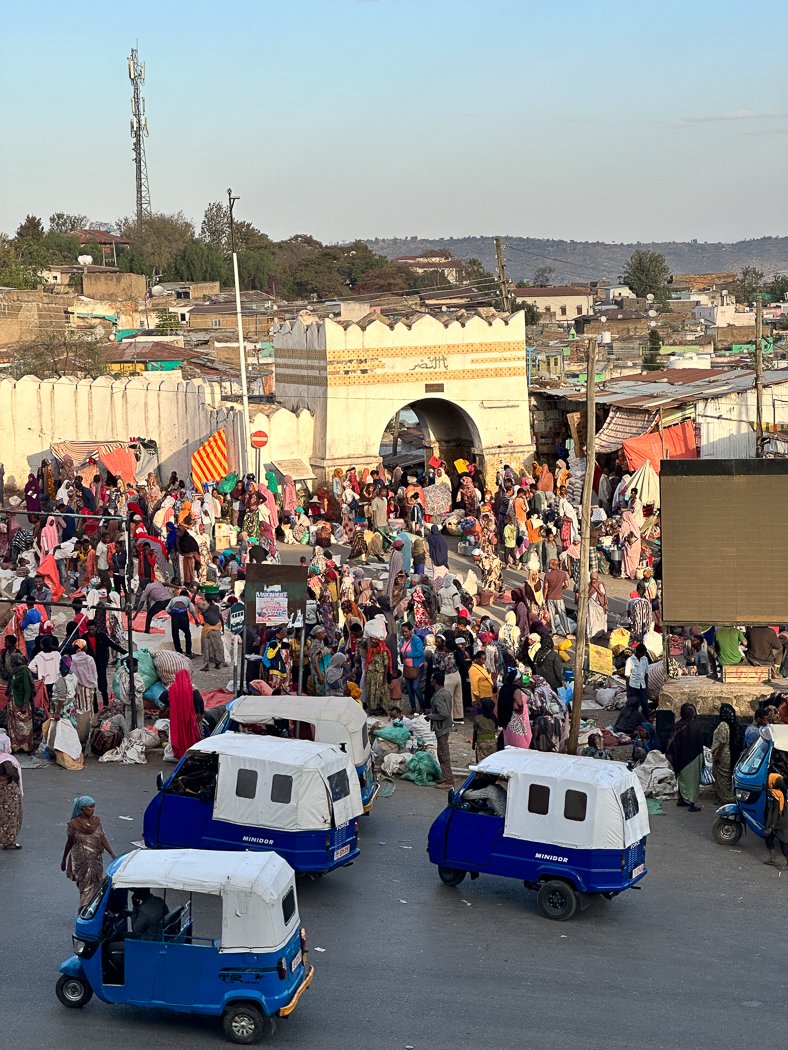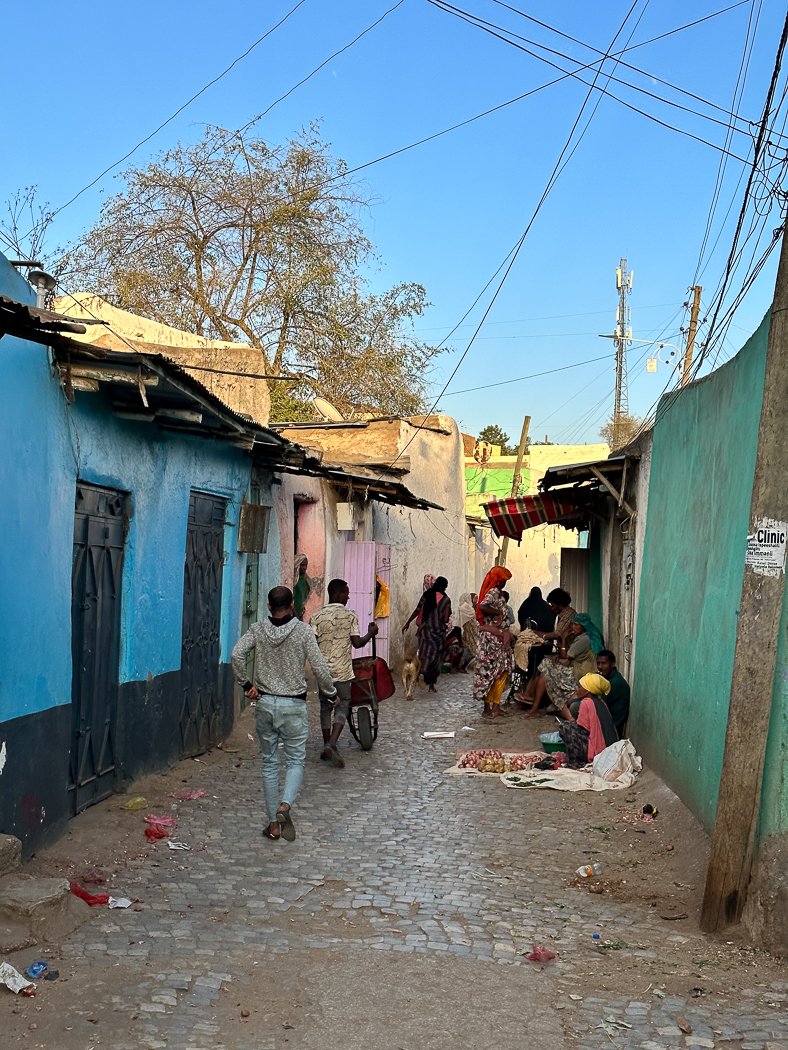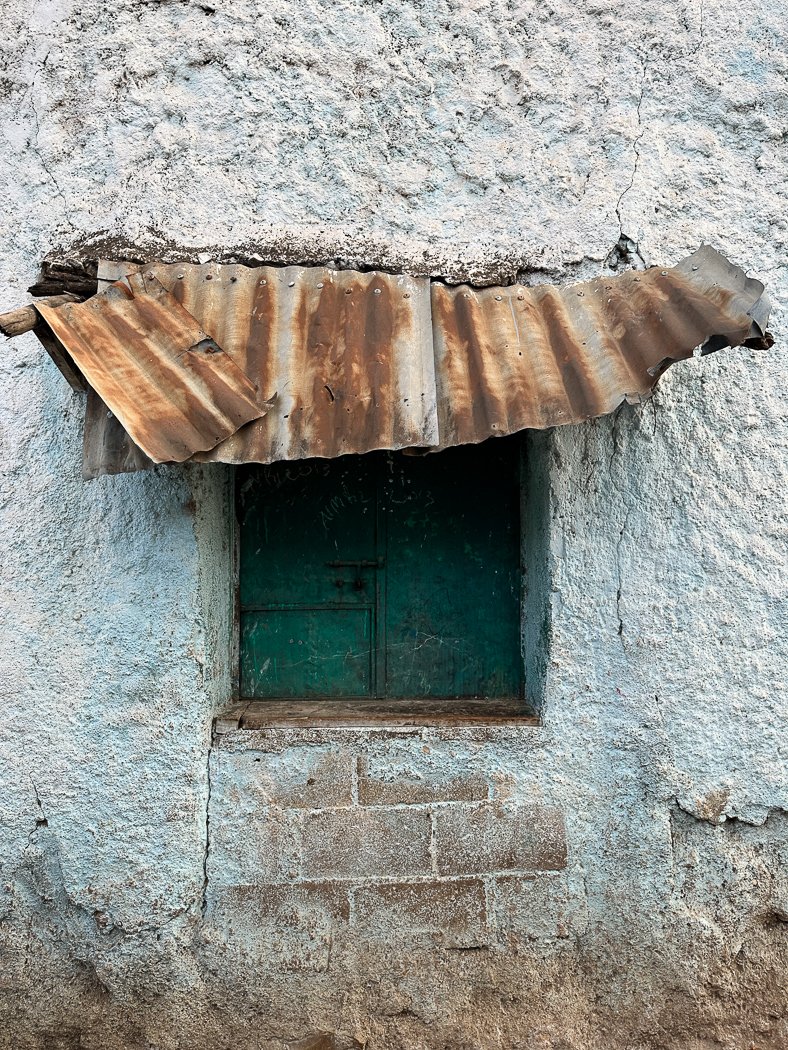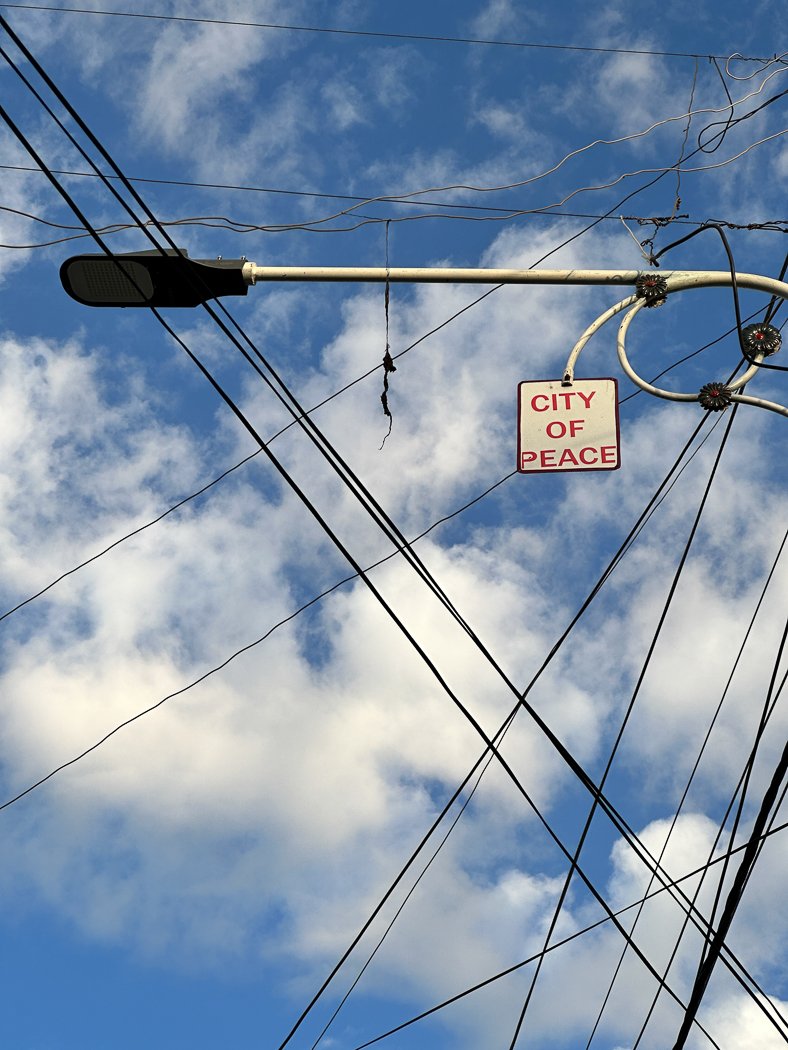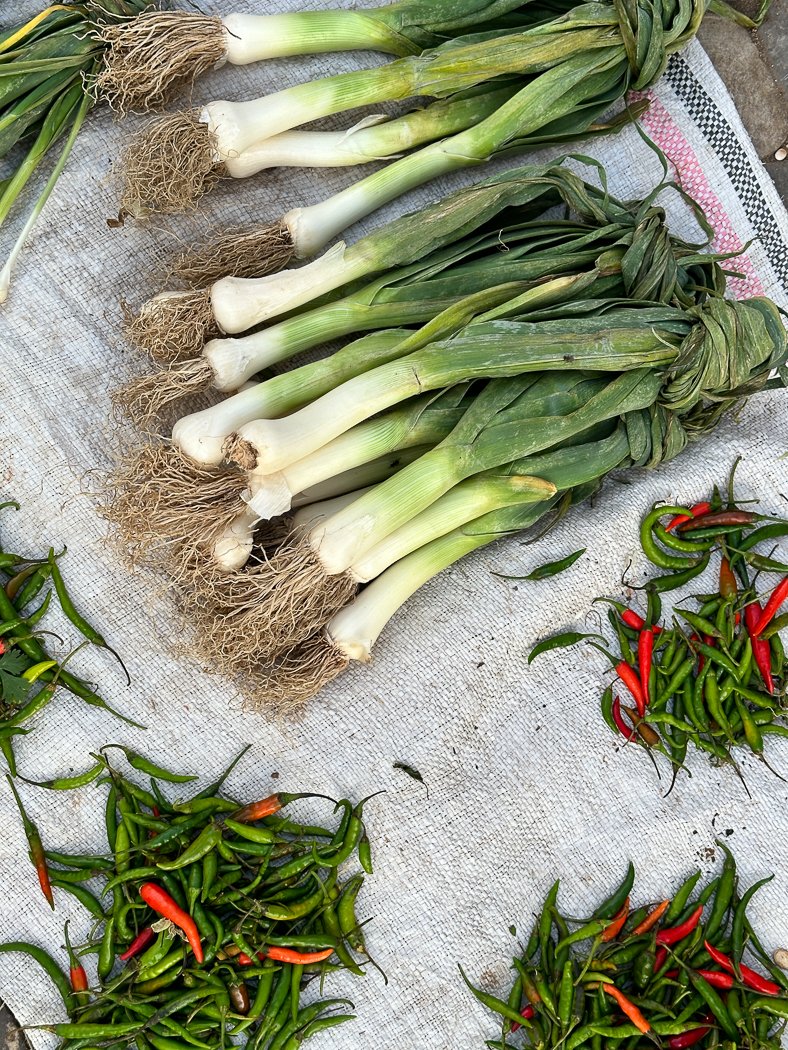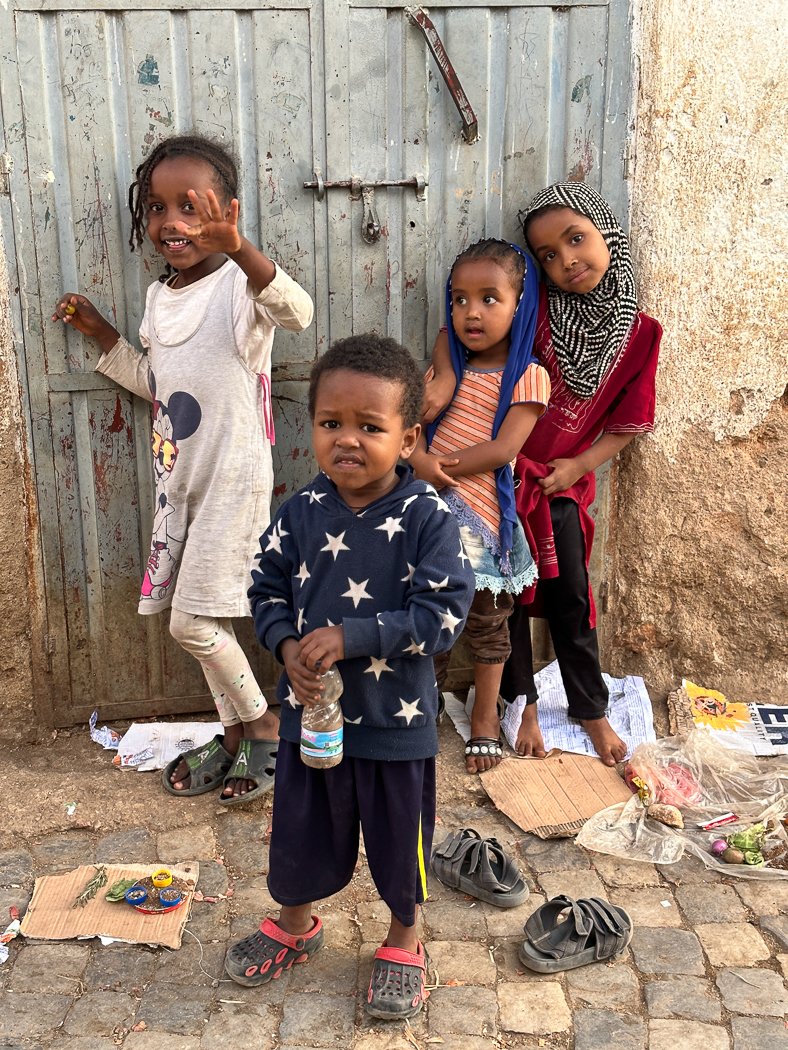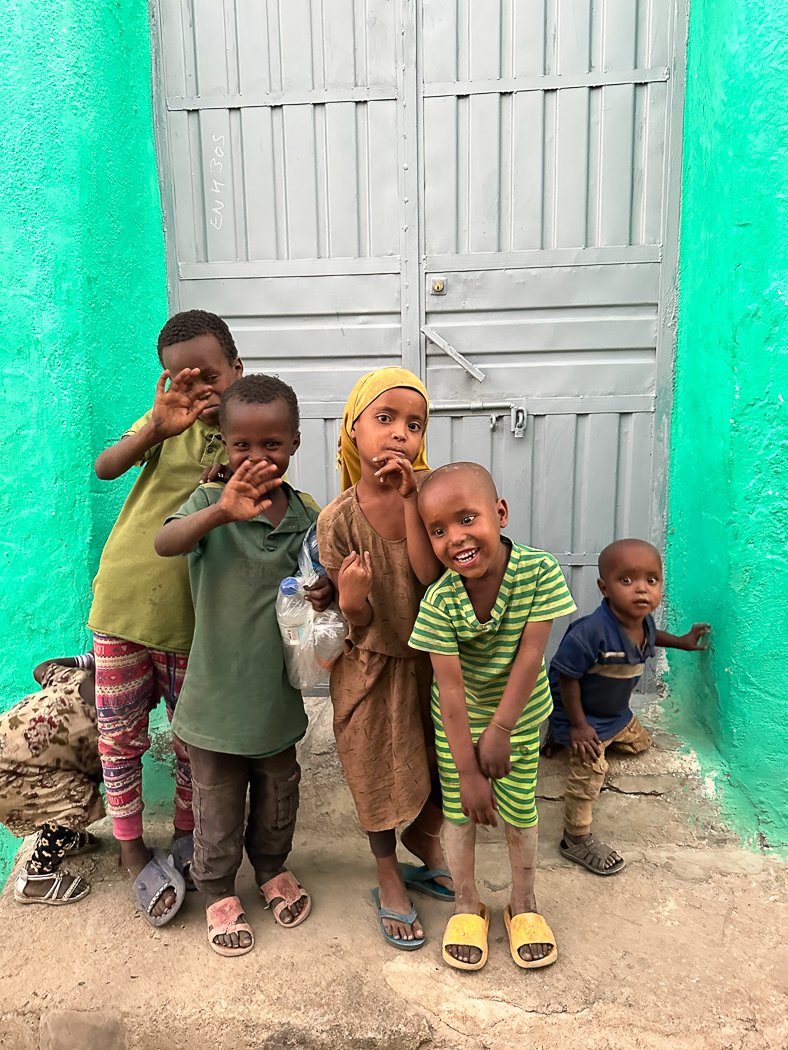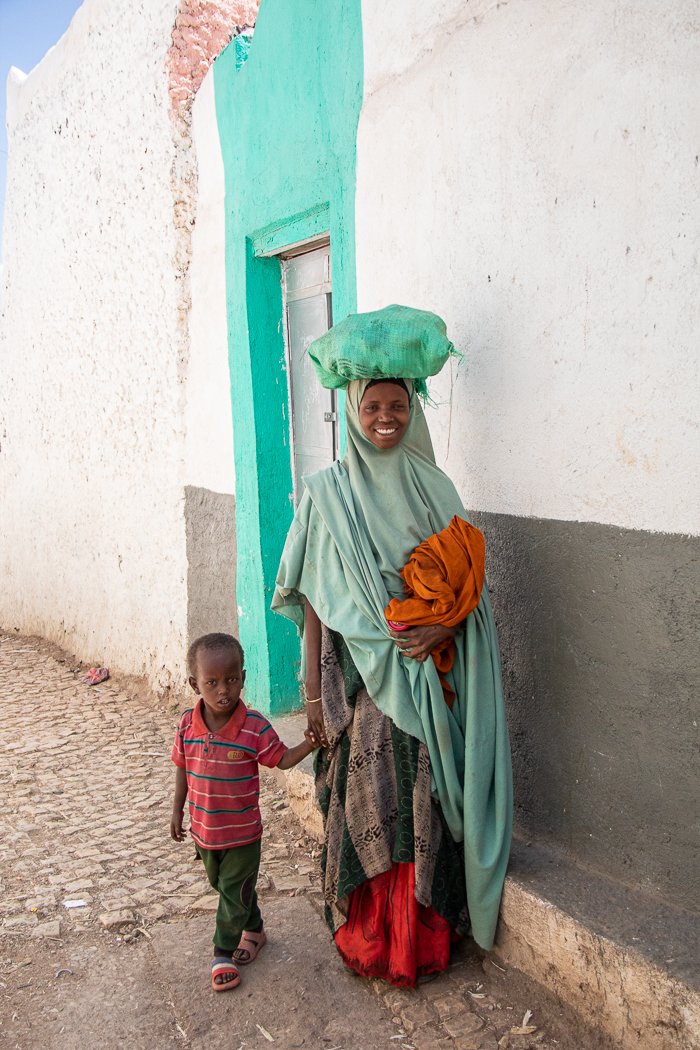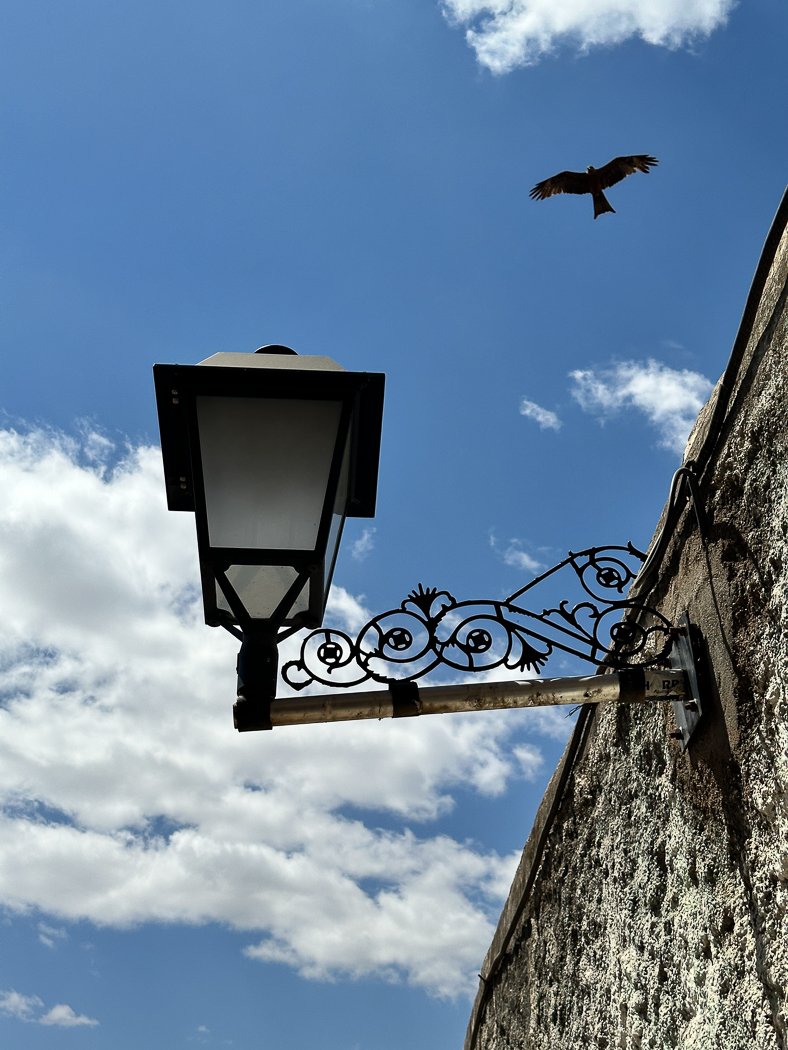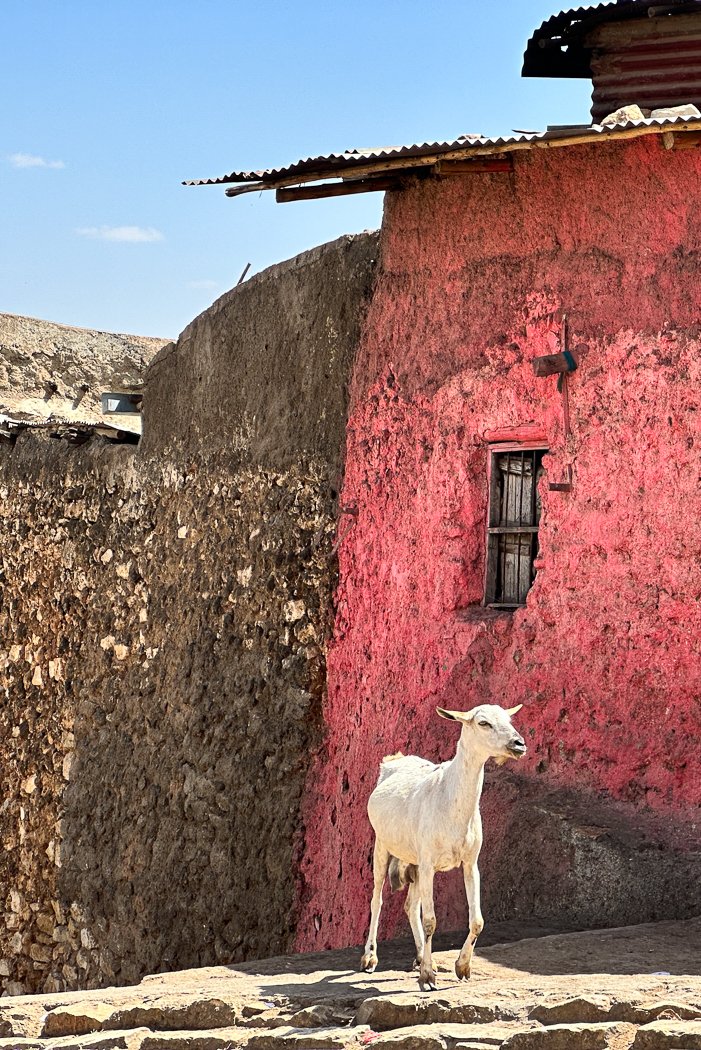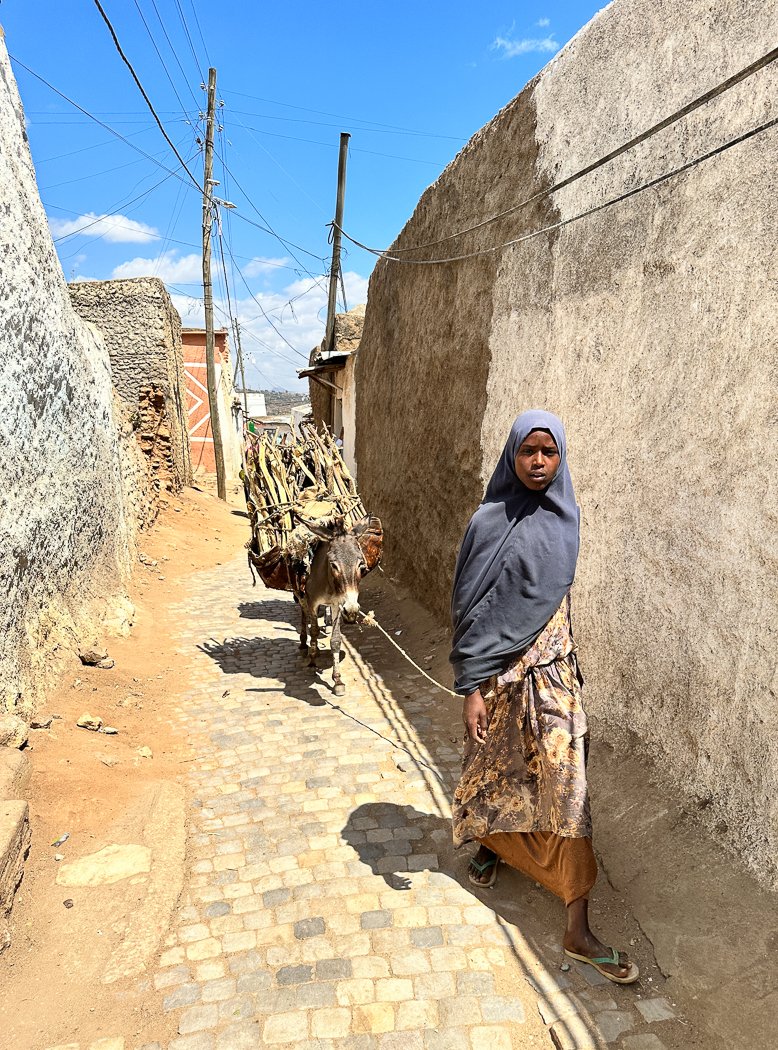WHAT IS HARAR KNOWN FOR and how to get there…
Harar is 525km from Addis Ababa in the north east close to the border of Somalia. The Harari people of Harar have a rich culture and history that is unique to anywhere else in Ethiopia which makes Harar a great place to add to your Ethiopian itinerary!
Harar is known locally as the City of Peace
Harar is a sacred muslim walled town
Harar is famous for its unique history, culture, traditions and architecture
Harar is Africas “Mecca”
The 5 pillars of Islam are symbolic around Harar and its architecture
Harari traditional houses are unique to Ethiopia
The Harari interior house designs have symbolic meaning and purpose
The main language in Harar is Harari with many being multilingual
Harari weddings are joyous celebrations
Harar has Maze like alleys and winding cobblestone paths
The old town of Harar Jugol is the walled town and outside there is the newer city of Harar
Harar produces export quality khat and coffee
The wild hyenas of Harar are a major tourist attraction
the city of peace - harar, in eastern ethiopia
When driving from Dire Dawa you cannot miss a large sign high on a hill as you enter Harar “CITY OF PEACE”. As you speak to Harari (the people of Harar) people in this friendly Ethiopian town their City of Peace is proudly mentioned to you in conversations . There are other signs throughout the newer part of Harar mentioning their “City of Peace”. They express their proud ability to have an ancient holy town of Islam alongside Christian and other religions who are all united in their diversity. Respectful of each others religious beliefs and varying backgrounds it is certainly an interesting place to visit in what is otherwise a majority christian Ethiopia.
CITY OF PEACE
This large sign can be seen as you enter the city of Harar in Eastern Ethiopia. A sign of the towns unity regardless of religious or ethnic backgrounds.
The SACRED MUSLIM WALLED city OF HARAR
There are two main parts of Harar which is the smallest region/state in Ethiopia and is in the Harari People National Regional State. One part of Harar is the fortified historic ancient city of Harar Jugol (Jegol) which is the only walled town in Ethiopia and is the Muslim city. This historically important city is a UNESCO World Heritage Site. Within a majority Christian Ethiopia the old city of Harar is one of Africas holy towns of Islam and often referred by muslims as Africa’s “Mecca”. It is said to be the fourth holiest city of Islam after Mecca, Medina and Jerusalem. This religious walled city has 82 mosques and over 100 shrines. Some mosques date back from the 10th century.
View of the old city of Harar
All the buildings in the middle of this photo in the sunshine are in the old walled town of Harar - the fourth holiest city of Islam.
harar is famous for its unique culture and traditions
Surrounded by a 3.5km wall of aprox 4-5metres high, the ancient town of Harar Jugol (also spelt Jegol) is full of unique cultures and traditions unlike anywhere else in Ethiopia. This UNESCO World Heritage Site is in Eastern Ethiopia and was once a major trading place and crossroads for trading in Africa, India and the Middle East. This mix of nationalities and their traditions have created an impressively unique Harari culture over many years. When walking the cobblestone alleyways of Harar the Middle East and Indian influences are obvious. The layout of Harar was initially influenced by both African and Islamic traditions with the Indian architecture taking place during the 19th century.
Cobblestone alleys
The old town of Harar has historical architectural significance with a mix of African, Middle East and Indian influences.
Harar Jugol is Africas “Mecca”
The walls of Harar Jugol were built between the 13th and 16th centuries to create a protective barrier and keep the town safe. Whilst not all the mosques have been officially dated, there are at least three believed to be dating back to the 10th century. The largest mosque Grand Juma/Jami Mosque of Harar is the biggest mosque and one of the oldest. You will also find large christian churches within the old town and sometimes right next to mosques. They are recognisable from the hill lookout location by their bright blue large roofs. Once again this is a sign of unity within the old city where different religions can live harmoniously together in their “City of Peace”.
82 Harar Mosques
Many mosques in Harar are quite small or have quite small entrances from the alleyways and paths in this old city.
the 5 pillars of islam are symbolic in this religious city
The muslim faith is based on 5 pillars of belief. The importance of this number 5 is evident throughout the Harar architecture. The walled city has 5 historic gates which are symbolic pillars of Islam from the 16th century. The 6th gate which is the main gate is a more recent addition and allows easy access for vehicles between the new and old Harar cities. There are other significant symbolic pillars of Islam in Harar such as inside the traditional Harari houses.
Harar Gate
This newer “Harar Gate” is also known as “Duke’s Gate” and was built in 1889.
The Harar people of Ethiopia have unique traditional houses
The traditional Harari houses are almost all identical as they are built in the same way, style and layout. There are 5 sitting areas in the main room; symbolising the 5 pillars of Islam. The internal design is part of Harars rich cultural heritage. There are strategic places for mirrors, poles, bowls and articles in the Harari houses. If a certain article is above the main entrance doorway when you walk inside, it means that there is a daughter that can be married. If a pole is placed in a certain direction it can mean trouble outside or peace outside.
symbolic interior designs of the Harari traditional houses
Small mirrors are strategically placed in the sitting area so that the man of the home can view what is happening discreetly; much like security surveillance. The decorations inside the sitting area display the homes wealth and status. There are multiple bowls hanging on the walls and whilst they look amazing, the hanging bowls are more than decoration. The bowls vibrate when the earth moves and due to this not being in an earthquake zone, the Harari people believe if the ground shakes and the bowls vibrate it is a sign of god. A time to reassess and consider any sins.
Harari traditional house
Everything has a symbolic meaning or purpose in a traditional Harar home. A fascinating and impressive historic design unique to these Harari people in eastern Ethiopia.
In the afternoon many traditional Harari homes have groups of men sitting and lying in the sitting area chewing Khat and smoking shisha. When I look around my surroundings on many occasions in Harar I definitely don’t feel like I am in Ethiopia! A city so unique and rich in culture and traditions that is unlike anywhere else in Ethiopia. You even see more Somali and middle eastern food in Harar Jugol than injera, the traditional food of Ethiopia.
the main language spoken in harar is the Harari language
The traditional people of Harar are called Harari. They have their own language and the Harari school children learn the languages of Harari, Arabic, English and Amharic. In Harari hello is (spelt phonetically) amantahe (for he), amantashe (for she) and amantahu (plural). The response in reply to hello is aman. Many are multilingual, so if you know Amharic (the official language of Ethiopia), Oromo, Arabic or English there are plenty of people you can have a conversation with in Harar. Often I was sitting with a group of people and whilst we didn’t all speak the same language there was always one or two that could translate to relevant languages due to their multilingual knowledge.
These painted alphabet signs were in an outside courtyard of a kindergarten in the old town of Harar. I visited on a weekend (so I didn’t disrupt any learning) so I could have a look at the kinder and the classrooms.
harari wedding celebrations are held over a few days
Harari people have a rich muslim culture and are proud to share their history with visitors to Harar. I was warmly welcomed to join in with the women in full joy, dancing and celebrating a Harari wedding when I walked past the event. The colours incredible, the Harari music loud and joyous, the women smiling and dancing in solidarity with the beat of the drums. The elders and younger girls where sitting in the sitting area of the home, while all other ages of women danced together wearing their finest outfits. The inside room jammed pack full of women in joyous celebrations whilst just outside in the courtyard many more women were sitting outside to join in on celebrating this happy occasion.
Harari Bride
This Harari bride wearing gold and red had to keep pulling up her outfit up while dancing due to how heavy it was with jewels.
This was the girls day of celebration. The following day was when she would marry her husband.
Winding streets, colourful walls and narrow alleys of Harar
This Ethiopian Unesco World Heritage Site had a very similar feel to the Kenyan island of Lamu Unesco World Heritage Site off the northern coast. The main initial difference is the unique Harari culture, but also that most of the streets and buildings next to the alleys are single story in Harar; which is unlike Lamu town. Also there are no vehicles in Lamu as the alleys are a lot smaller. The only Tuk Tuks in Lamu are the limited Ambulances (and they only drive along the foreshore section).
The winding alleys and paths of Harar are full of activity, with colourful and vibrant markets, people, donkeys and shops. It’s an absolute delight to walk around these historic cobblestone paths of colourful clothes, walls and doorways and smell and taste the fresh sweet treats being fried!
The newer city of Harar is everything on the outside of Harar Jegol walls
The second part of Harar is everything beyond the old walled town which is the newer city of Harar which hosts a variety of nationalities and whilst majority are Muslim that live here there are also Christians and various other religions, backgrounds and nationalities. The newer city of Harar is also where you can drink alcohol and even visit the Harar Brewery (one of the most famous Ethiopian beers) and have a few drinks in their beer garden.
Farmland in Harar outside the city
On the outskirts of Harar there is acres of farmland with the main produce being khat (pronounced “chat”, sometimes spelt qat/chat). A favourite pastime for Harari people chewing khat of high quality creates a slow and relaxed daily lifestyle. The khat around Harar produces some of the highest export quality khat with much transported through Somaliland and exported to the Middle East. North of Harar is also where the famous Harar coffee is grown.
Khat in Harar
While you see the majority of people in Harar chewing during the day, the Harari people mostly prefer to chew in their traditional Harari houses with friends. Afternoons are very social and relaxed.
Whilst in many places in Ethiopia chewing chat is popular amongst men, Harar is one of the only places I’ve seen so many women openly chewing. Some men have ground down their teeth after so many years of chewing these leafs that they have to now grind the leaves with a mortar and pestle. It is quite fascinating watching the various places that people sit and chew in Harar. Whether working in a shop, selling at a market, at a construction site, a Tuk Tuk driver or homeless…you see so many people chewing daily. Whilst it is certainly not unusual to see men chewing khat in many parts of Ethiopia, the scale to which chewing happens here is definitely more than most! I’m not sure that it is a productive afternoon in Harar due to chewing khat, however Harari people believe they are the richest of the 85 Ethnic groups in Ethiopia due to them being traders and growing up with a business mind.
Bags of Khat
Everywhere you can find good quality khat for sale and see men walking around Harar with their bags full for their afternoon of sitting and chewing. The women sell the khat in a variety of places/markets and you can choose the quality and type and also buy your peanuts to chew with at the same time too…of course.
The quality of khat here is excellent.
a major tourist attraction in ethiopia are the wild HYENAS OF HARAR
There is much to see and experience in Harar. From hand feeding the wild hyenas or yellow billed birds of prey, to exploring the many open air markets. However getting up close and personal to the wild hyenas of Harar is a “must do” to anyone visiting this old town. A ritual that started centuries ago to initially mark an important Muslim holiday has created an incredibly unique relationship between these wild Ethiopian hyenas and the Harari people. The hyenas are fed just outside the walls of Harar Jugol just after dusk. It is not done for tourists, but has drawn tourists to witness these unforgettable hyenas with many hand feeding them when given the opportunity.
Up close encounters with Hyenas
These are wild hyenas that live just outside the wall of Harar Jugol during the day. You can hand feed them and watch them behave (and fight) in their packs from only a few metres away.
These hyenas are predators and wild, so care should be taken and getting close is done at your own risk. I wasn’t sure how I’d feel about getting so close, but after watching the “Hyena man” for over an hour and the behaviour of the hyenas I felt very comfortable and ended up feeding them and getting a lot closer to them than I bargained for!!
how to get from Addis Ababa to Harar
You can include Harar on a road trip if you are visiting the Northern or Eastern regions of Ethiopia. An alternative to driving is a short domestic flight from Addis Ababa. You can fly from Addis Ababa to Dire Dawa which is the closest airport to Harar. It takes 45minutes to 1hr15mins to drive from Dire Dawa to Harar depending on traffic. My advice would be to have a guided tour of Harar with someone meeting you at Dire Dawa airport. Then they can organise the logistics to get you to Harar.
You can get a very cheap local bus from Dire Dawa to Harar, but I’d only suggest doing this if you are confident in doing this by yourself. The buses fill up super fast and are jam packed within 2 seconds of them arriving at Dire Dawa bus station. Also keep in mind your luggage will be on the top of the bus, so whether you are comfortable with this or not is something to keep in mind. The bus takes aprox 1hr 15mins as it stops along the way dropping people off and picking them up. All done very fast and efficiently.
Local Bus to Harar
Hanging toys galore on the centre windscreen of my bus trip from Dire Dawa to Harar.
One of my Omo Valley photography tour itineraries includes a hosted pre-tour option where we meet you at Dire Dawa airport and then take you to Harar. All the details of your tour are organised so you can relax and enjoy!
Local Bus to Dire Dawa
You can also pay substantially more and privately book a vehicle if that is your preference. A good idea if you don’t want your luggage on the roof for the trip!
book a tour in advance and get a quality local guide from harar
It’s definitely worth having a local guide with you for your time in Harar. There is so much history, so much culture and so many places of interest in Harar. For my Harar photography tours we meet you at Dire Dawa airport and take you to Harar where we meet our local guide. Everything is organised and taken care of.
Now you’ve read about the town of Harar and how to get there, check out my next blog post which is 25 things to see and do in Harar CLICK HERE!






